I want to talk trash.
Trash came to be not long after humans started walking the earth. Each society throughout history has its own way of dealing with it.
In many cities up until the 19th century, people just threw their waste, which was often animal or human waste, in the streets. This is why you had to be careful when you walked under a window…you might end up with the contents of someone’s chamber pot on your head. The Romans dug large pits outside of the city where people could put their waste. These pits would be covered in soil when they were full.

Trash observed around Austin, MN, March 2021.
The waste of our ancestors is not like our modern waste. Indoor plumbing thankfully solved some of our problems; however, that is not the waste I want to focus on here. I want to talk about trash. The stuff we put in a can at the end of our driveway each week. Today we eventually throw away everything we use, from clothing and shoes to electronics and automobiles. Everything is disposable today.
According to the EPA, the United States produces 292.4 million tons of municipal waste per year. That is 4.9 pounds of trash per person per day. We didn’t get to these numbers overnight. The journey to this trashy level began about a century ago.
In the 1920s and 1930s, manufacturers developed the idea of planned obsolescence. An early example of this is the recreation of the light bulb to decrease its average life from about 2,500 hours to just 1,000 hours. Manufacturers developed products that would break after a specific period of time or amount of use. Sears and Roebuck took a different route: they redesigned their appliances, like the Coldspot refrigerator, each year so consumers would be compelled to purchase the most modern and sleek-looking model. The plan was that consumers would need or desire to purchase products more often thus making the manufacturers more money. This idea has evolved over time to include the phasing out of old products for newer, more desirable ones. This is why Apple releases a new iPhone each year and consumers are offered plans that allow them to continuously upgrade.
Plastics were developed during WWII and utilized in manufacturing everyday household products shortly after the war ended. Plates, cups, cutlery, and other disposable products were created to “make life easier” and were marketed mainly to housewives. Since consumers were accustomed to returning glass bottles to manufacturers for reuse, using items for long periods of time, and often conduct their own repairs on broken implements, they had to be taught to throw stuff away. Ads were developed to not only market disposable products to consumers but to also teach consumers to throw those items away.

Marketing ads for disposable cups. Photos obtained from Tabitha Whiting.
The results of 70+ years of this marketing resulted in part to the trash problem we have today. There are huge threats to our environment and human health from all this trash (for example there is a garbage patch in the Pacific Ocean and the EPA provides a list of impacts from mismanaged trash; however, I want to focus on the trash we see fluttering around our communities, stuck in our stormwater drains, and crushed on our roadways.
It is as American as apple pie to see trash strewn along the side of a highway. Soda cans, plastic bottles, and fast food containers pepper the landscape. Each spring in Minnesota, these items appear as the snow disappears. Each spring I become saddened and frustrated that the white snow is replaced by discarded plastics. These items don’t stay in one place. They end up in our waterways, endangering wildlife and our water supply.
Ghandi said, “Be the change you wish to see in the world.” There is something I can do about this. I can be this change, and so can you. I have chosen to be a one-woman litter collector for 30 days. It is easy to take a trash bag when I walk and pick-up trash as I go. Just think of all those squats I will get in as I walk! I want to be able to move around my community and enjoy the green grass without seeing green Mountain Dew bottles in it. I invite you to join me in this challenge and help collect trash from your community. I will report on my efforts and I hope you will share your results on the Crucible As Myself Facebook page as well. Photos of your trashy trash experience are welcome!
Let’s be this change together.
References Not Linked in the Blog
Hellmann, K., & Luedicke, M. (2018). The Throwaway Society: a Look in the Back Mirror. Journal of Consumer Policy, 41(1), 83–87. https://doi.org/10.1007/s10603-018-9371-6
Strasser, B., & Schlich, T. (2020). A history of the medical mask and the rise of throwaway culture. The Lancet (British Edition), 396(10243), 19–20. https://doi.org/10.1016/S0140-6736(20)31207-1
Anastasia, L. (2019). HOW PLASTIC IS TRASHING THE PLANET. The New York Times Upfront, 151(7), 14–17.
Whiteley, N. (1987). Toward a Throw-Away Culture. Consumerism, “Style Obsolescence” and Cultural Theory in the 1950s and 1960s. Oxford Art Journal, 10(2), 3–27. https://doi.org/10.1093/oxartj/10.2.3
Links to the Trash Trilogy Blogs
Part 1 – A Trashy History
Part 2 – A Rather Trashy Subject
Part 3 – A Trashy Finish

 © Catherine Haslag
© Catherine Haslag